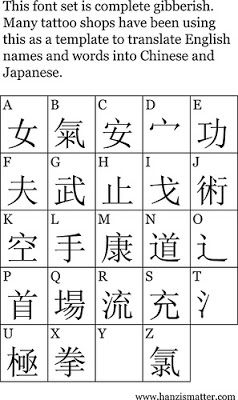I leave for China tomorrow and have nearly finished packing. Over the last few weeks I’ve been collecting books and a few other resources to take with me which I’m now trying to squash into my luggage. I have a Kindle but most of the books I’ve bought seem to be hard copies.
I thought I’d use my last blog post before I depart to share my reading list. Suggestions for further readings very welcome.
The Missing Ink: The Lost Art of Handwriting and Why it Still Matters by Philip Hensher
I was really pleased to come across this book and hope it proves as relevant to my project as its title suggests.
http://www.amazon.co.uk/s/ref=nb_sb_noss_1?url=sea…
On Being Alive by Tim Ingold
I’ve read this book or parts of it several times. There’s a fantastic chapter on the letter ‘a’ that discusses, amongst other things, the difference between the typed ‘a’ and the handwritten ‘a’.
Anthropologist Tim Ingold’s writing on the links between drawing, writing and walking are one of the main influences on my project. He traces the development of Chinese and English writing and demonstrates that they both have their origins in pictorial drawings. He discusses drawing not as a means to project an image onto a page but as a way of exploring or, as he describes it, wayfaring.
[…] the practice of drawing has very little or nothing to do with the projection of images and everything to do with wayfaring – with breaking a path through a terrain and leaving a trace, at once in the imagination and on the ground, in a manner very similar to what happens when one walks along in a world of earth and sky. (p178, OnBeing Alive, Ingold)
http://www.amazon.co.uk/Being-Alive-Movement-Knowl…
Lines by Tim Ingold
Another book by Tim Ingold, this time focussing on the line, something that I’ll be thinking about a lot throughout the project.
http://www.amazon.co.uk/Lines-Brief-History-Tim-In…
Point and Line to Plane by Kandinsky
I spent the best part of an hour in the library photocopying this essay by Kandinsky – might have been quicker and cheaper to buy it. You can get it online but it’s a very different translation to the one in the book and as Ingold references this version in On Being Alive I wanted to use it for the sake of consistancy.
http://www.amazon.co.uk/Kandinsky-Complete-Writings-Art-Wassily/dp/0306805707/ref=sr_1_1?s=books&ie=UTF8&qid=1366902164&sr=1-1&keywords=kandinsky+the+complete+writing+in+art
Line and Fish by Kandinsky
Another essay, this time a much shorter one, discussed by Ingold in which Kandinsky explains why he prefers that line to the fish.
Wanderlust: A History of Walking by Rebecca Solnit
I loved Rebecca Solnit’s A Field Guide to Getting Lost and if Wanderlust is anything like it I’m sure I will be equally as enamoured by it. The reason this book is on my reading list, a part from just wanting to read it, is that I’m looking at gesture and letters on different scales and trying in some way to think about Ingold’s link between drawing, writing and walking. As a starting point I’m planning to do some walks in Chongqing in the shape of letters – drawing a letter on a map as a way of designating my route and exploring the city.
http://www.amazon.co.uk/Wanderlust-History-Walking-Rebecca-Solnit/dp/1844675580/ref=sr_1_1?s=books&ie=UTF8&qid=1366901802&sr=1-1&keywords=wanderlust
Invisible Cities by William Weaver
I know very little about this book other than from online reviews. One review I came across suggested reading it on the plane as a way of imagining the city you will shortley be arriving in. I think I might try this.
http://www.amazon.co.uk/Invisible-Cities-Vintage-C…
I’m also taking two books that i’ve been rather unsuccessfully attempting to learn Chinese from, a Lonely Planet guide and some print outs from http://hanzismatter.blogspot.co.uk/ that I thought might be a good conversation starter.




